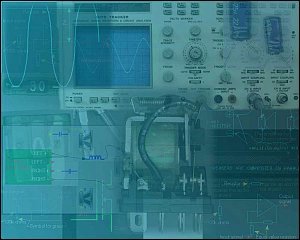
This site will help you to understand basic electronics and the basic function of some electronic devices. It will, of course, also touch on car audio acoustics and car audio equipment. To make the lessons as painless as possible, you'll find hundreds of diagrams and images, .wav files, demos and more than 50 javascript calculators on the 125+ individual web pages. If you take the time to read all of the pages in the order that they're presented in the directory, you'll learn more about car audio electronics than you ever thought possible.
Copyright: Perry Babin 1999 - Present -- All rights reserved

 This site will help you to understand basic electronics and the basic function of some electronic devices. It will, of course, also touch on car audio acoustics and car audio equipment. To make the lessons as painless as possible, you'll find hundreds of diagrams and images, .wav files, demos and more than 50 javascript calculators on the 125+ individual web pages. If you take the time to read all of the pages in the order that they're presented in the directory, you'll learn more about car audio electronics than you ever thought possible.
This site will help you to understand basic electronics and the basic function of some electronic devices. It will, of course, also touch on car audio acoustics and car audio equipment. To make the lessons as painless as possible, you'll find hundreds of diagrams and images, .wav files, demos and more than 50 javascript calculators on the 125+ individual web pages. If you take the time to read all of the pages in the order that they're presented in the directory, you'll learn more about car audio electronics than you ever thought possible.